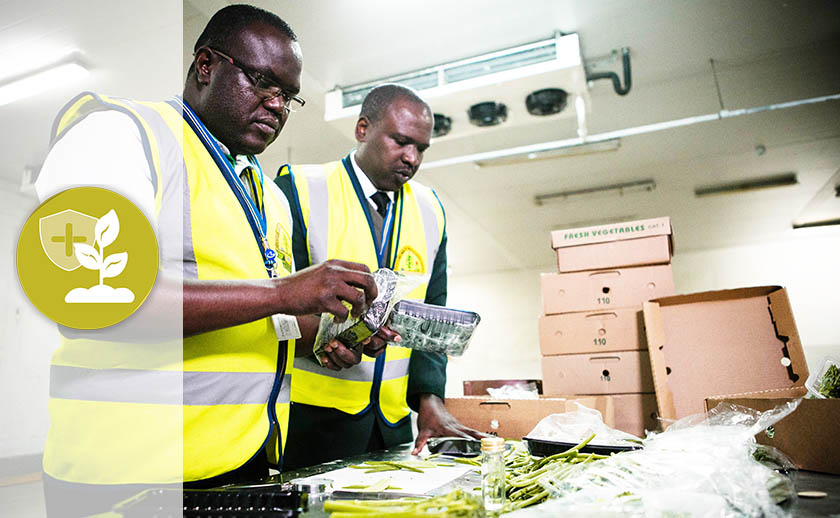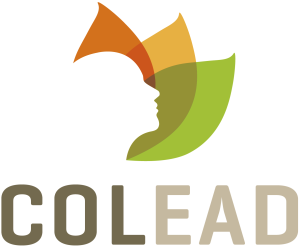
Organisation of National Food Control Systems (Intermediate level)
Estimated duration : 11h30
The intermediate level of Route 6 (Organization of National Food Control Systems) consists of five activities. Each activity includes a text to read, followed by a test comprising a few simple questions to measure your mastery of the subject. At the end of the intermediate level, a summary test will be offered to you. Its results will determine your access to the advanced level.
First, we will present the general regulatory framework, standards and international agreements (WTO, TBT, etc.) that govern and facilitate trade. Their purpose is not only to prevent the spread of pests or pathogens, but also to provide a guarantee of food safety for food products that cross borders.
We will then discuss the changing requirements at the producers level in terms of quality and food safety in order to restore consumer confidence in the face of repeated health crises. The notions of danger, risk and crisis will be clarified, and we will end with the concept of the "food chain" with the role and responsibility of each stakeholder in food and plant health safety.
The nature and responsibilities of the Competent Authorities in charge of official control programmes will then be presented. In many countries, responsibilities are divided between ministries, for example those of Agriculture and Health; it is essential that these responsibilities are clearly set out. We will also confirm that governments need to encourage the adoption of food safety management systems such as HACCP by producers. This part will aim to clarify the general principles of food safety and the roles and interactions between stakeholders.
This first part of the Route will also address the building blocks of a food control system capable of developing and implementing official control programmes. We will look at the objectives and nature of official controls, the legislative framework and control procedures, and the responsibilities of control officers.
Finally, we will conclude with the food safety policy. Any good policy must be based on risk analysis - the three components (assessment, management and communication) of which we shall recall - and should identify the administrative structures required and define precisely the responsibilities of each stakeholder.
>> Access course

Organisation of National Food Control Systems (Advanced level)
Estimated duration : 13h30
The advanced level of Route 6 (Organization of National Food Control Systems) consists of six activities. Each activity includes a text to read, followed by a test comprising a few simple questions to measure your mastery of the subject. At the end of Route 6, a summary test will be offered to you. Its results will determine your access to the final and certification test.
First of all, we will present the founding legislative concepts governing imports into the European and world markets. We will see how the WTO has put in place processes to manage trade disputes. The value of a range of standards and private initiatives in the field of food safety or social responsibility will be discussed.
In the past, many food safety control systems were based on sampling and testing of products, but this approach did not ensure food safety. We will see that a preventive approach, aimed at eliminating or controlling hazards at their source, is more effective if it is based on proper risk analysis and monitoring at any point in the food chain : production, processing, distribution, preparation and consumption. We will make you understand that a monitoring strategy and system is needed.
The third activity will focus on the role and organisation of the "food control system". We will look at its objectives, the basic principles of official control and identify the challenges in developing countries. Key aspects of the organisation of an official control system will be reviewed. It will be recalled that a control system for the whole chain requires the coordination of the activities of all actors involved in the production, processing, distribution and sale of these commodities. We will see that to be complete eight elements are needed in the food control system, but that several organisational models (multi-agency, single agency or integrated system) are possible.
In an official control system, laboratories play an essential role in both risk assessment and risk management. Testing or diagnostic laboratories must be suitable for the required analyses and tests, be properly equipped and managed by competent staff. We shall see that there are various types of laboratories within the same food control system: public, private, reference laboratories, etc. The inspection services responsible for sampling and the laboratories responsible for food control must work in close consultation.
Finally, we will make you understand that confidence in international trade will be strengthened by an external evaluation of the control system in order to be able to demonstrate that it is working properly and guaranteeing food safety throughout the food chain. The evaluation will confirm the functionality of the system.

